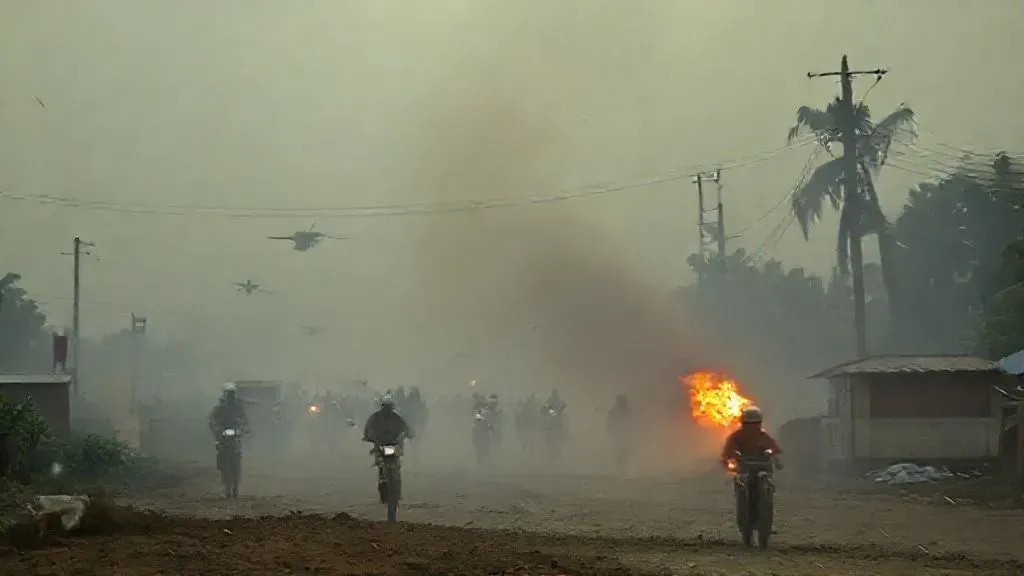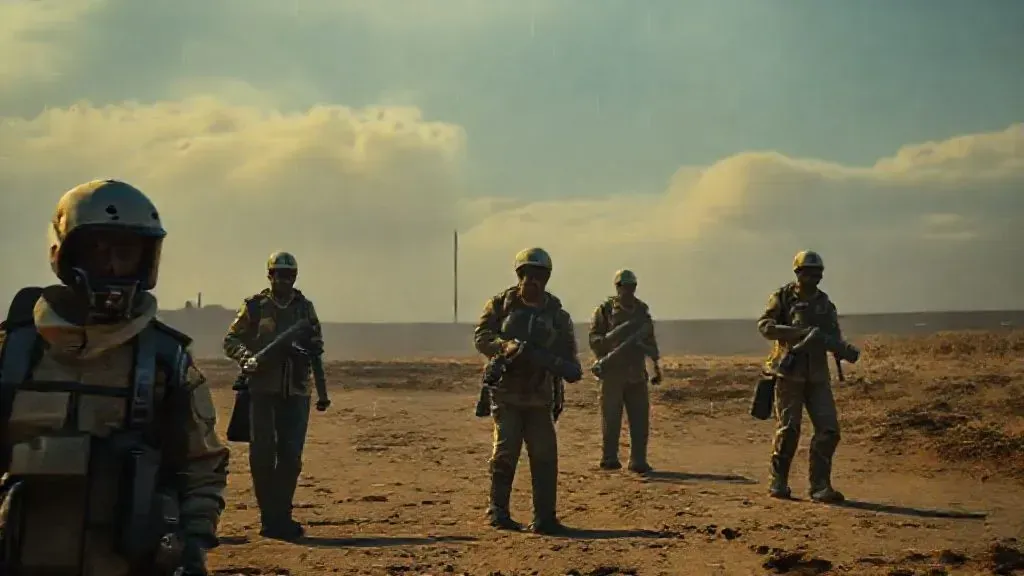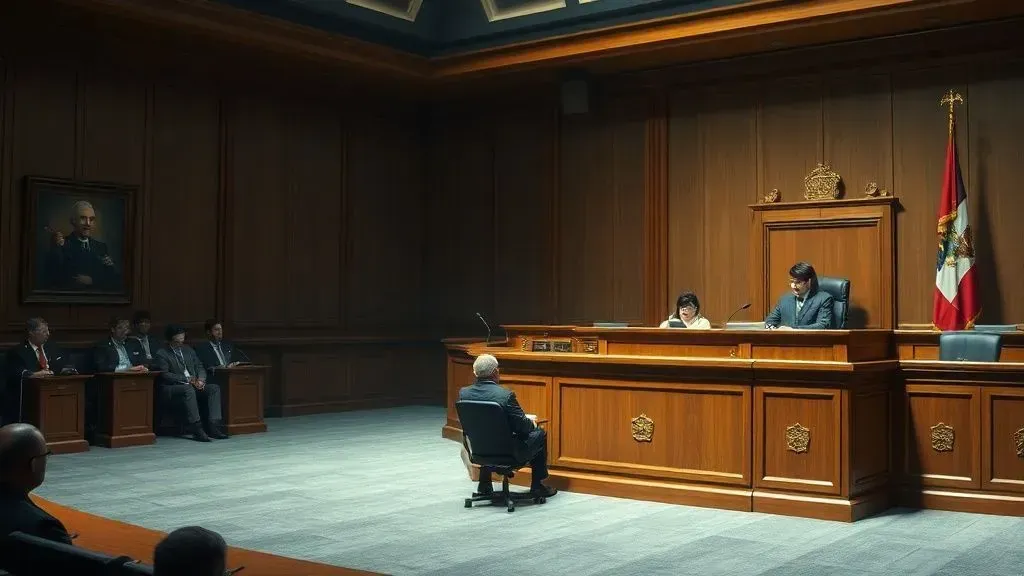
Over 500,000 Jamaicans lost power as Hurricane Melissa struck with unprecedented force. This Category 5 storm marked the first of its kind to hit the nation directly. Residents faced life-threatening conditions from high winds and heavy rains.
The Storm's Devastating Impact
Melissa brought winds up to 185 mph, tearing roofs off buildings and flooding streets. Boulders blocked roads, isolating communities in southwestern Jamaica.
Flash floods trapped families in their homes, with rescue efforts hampered by dangerous conditions. Officials reported at least three deaths during preparations.
Storm surges reached up to 13 feet, inundating farmland and hospitals. The slow-moving storm dumped up to 40 inches of rain in some areas.
Prime Minister Andrew Holness declared the entire country a disaster area to prevent price gouging. This move ensures aid distribution amid shortages of food and water.
Around 15,000 people sought shelter as winds battered the island. Infrastructure damage cut off access to many parishes.
Expert Assessments and Warnings
According to the World Meteorological Organization's Anne-Claire Fontan, it's a catastrophic situation with storm surges up to four meters. She noted this as Jamaica's storm of the century.
Journalist Robian Williams described the event as heartbreaking and devastating. Locals dubbed it Monstrous Melissa due to its power.
The National Hurricane Center warned of extensive damage from sustained winds and flooding. Melissa ranks among the strongest Atlantic hurricanes in history.
AccuWeather meteorologists highlighted the risk of humanitarian crisis from prolonged impacts. The storm's sluggish pace amplified dangers across the Caribbean.
Path Toward Cuba and Beyond
After ravaging Jamaica, Melissa weakened to Category 3 but remained extremely dangerous. It headed north toward Cuba with 120 mph winds.
Cuban officials evacuated over 735,000 residents from vulnerable areas. President Miguel Díaz-Canel urged people to stay in shelters during the storm.
Forecasts predict up to 25 inches of rain in Cuba's mountains, causing landslides. The storm then targets the Bahamas with evacuation orders in place.
Bermuda prepares for potential impacts later in the week. Melissa's path could affect multiple islands with heavy rain and surges.
Community Responses and Insights
Social media captured real-time devastation and warnings for affected regions. Users shared updates on power outages and flooding.
Local author Kwame McPherson called the experience traumatizing. He noted widespread devastation even in less-hit areas like Kingston.
Aid agencies like the World Food Program face challenges from budget cuts. Post-storm health risks include disease outbreaks and mental health issues.
International reports emphasized climate change's role in intensifying such storms. Warmer waters fuel rapid strengthening of hurricanes like Melissa.
Recovery and Future Preparedness
Jamaica's government renewed trade orders to stabilize prices during recovery. Logistics teams assess aid distribution to avoid backlogs.
Relief efforts focus on restoring power and clearing roads. Communities remain isolated, delaying full damage assessments.
Experts recommend monitoring forecasts closely for similar events. Building resilient infrastructure helps mitigate future disasters.
The National Oceanic and Atmospheric Administration predicted an active 2025 season. Melissa aligns with forecasts of stronger storms due to climate trends.
Residents should prepare emergency kits and evacuation plans. Early warnings saved lives despite the storm's intensity.
This article highlights the immediate impacts of Hurricane Melissa on Jamaica and neighboring regions. Understanding these events informs better disaster response strategies worldwide.



